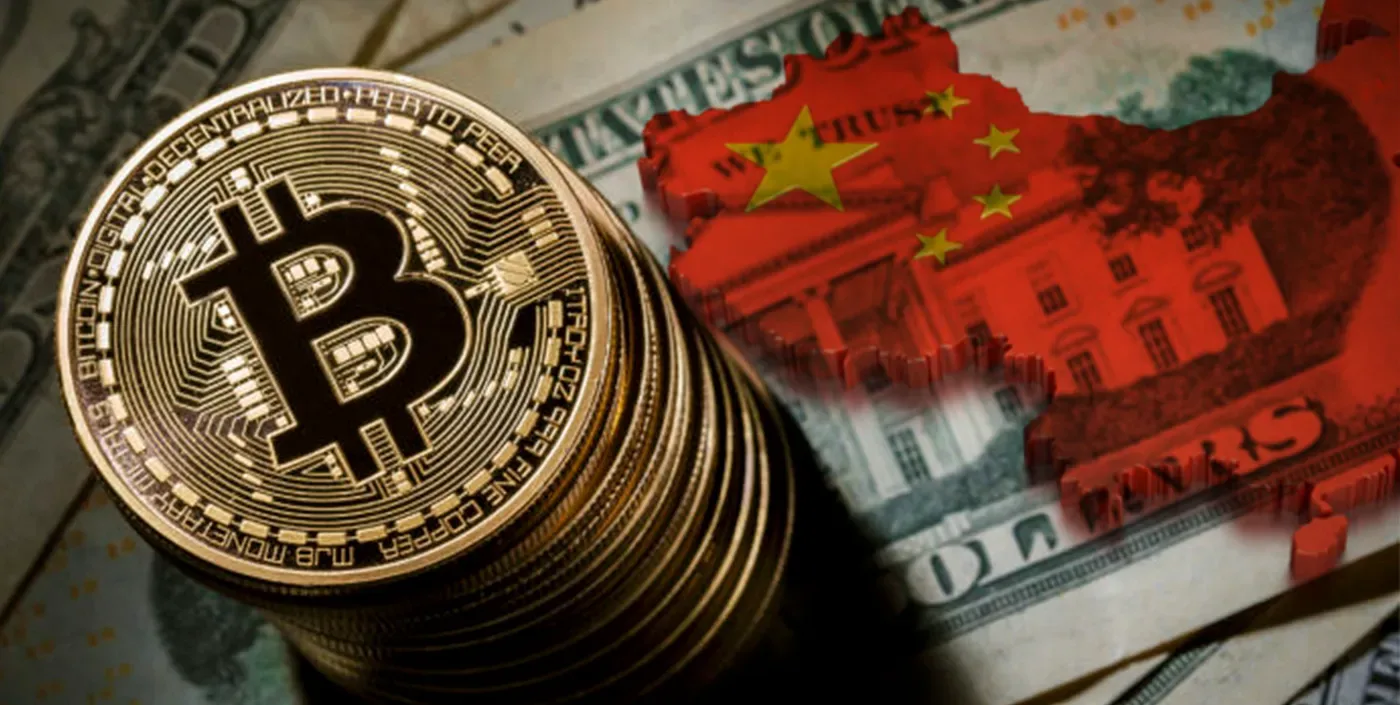In recent days, we have seen bitcoin activity going for a rally after a recent dip. China, a year ago dominated the bitcoin global volume with about 90 per cent share, had a complete crackdown on bitcoins in the recent past, banning initial coin offerings, also known as ICOs. The major reason for the shutdown seems to be electricity consumed by Bitcoin mining which is estimated to be 4 gigawatts, equivalent to three nuclear power plants. Another reason seems to be the malicious acts of fraud and money laundering associated with cryptocurrency.
And Japan by regulating bitcoin ensured exchanges to maintain capital reserves, keeping customer funds separate, and implementing KYC procedures; and now the country accounts for more than half the volume of global bitcoin trade, while the US accounts for a quarter.
In the Indian context, the issues happen to be mostly legal: using bitcoins for money laundering and acts of terrorism are the challenges in the use of Bitcoin as a legal tender. Nevertheless, the Institute for Development and Research in Bank Technology of RBI has taken the initiative of exploring the applicability of blockchain technology in the Indian banking and financial industry by conducting a meetup with academicians, bankers, regulators and technology partners, under a blockchain working group.

As the future seems to inculcate cryptocurrency in its transactions, let us peep in and see how beneficial is switching to Bitcoins from banks in terms of energy infrastructure.
Mining difficulties
There is a dynamic parameter which controls the power needed to mine a Bitcoin block. The problem is that the Bitcoin is constantly adjusting to keep the average time between two blocks more or less constant at 5 minutes. This implies that the more computing power is dedicated to mining Bitcoin (in total), the more computing power you will need to mine the next blocks. This has driven an insane arms race among the miners, which means that it is now practically impossible to mine anything significant with non-specialized hardware (regular PCs). Miners now use specialised hardware designed to mine Bitcoin called ASICs (and cryptocurrencies with the same cryptographic basis) that are several orders of magnitude faster (and more energy efficient) than general-purpose computers for that specific task.
What do most small miners do now? They indulge in something called pooled mining: you contribute your computing power to a pool, which does the actual mining and rewards you with a fraction of the mined bitcoin. With this system, you will have earned 1 bitcoin when you have contributed about 1/25th of the computing power to mine a block (approximately; the details depend on the pool’s rules and the transaction fees too).
This truly implies you will be needing heavy processors to power the bitcoins.

Regulation difficulties
This seems to happen as the activity of money laundering increases through Bitcoin exchanges. This could happen with any currency which is introduced worldwide. What is required is a proper regulation to limit the fraud activities and might take some time to settle things out.
As the above factors are a matter of time before bitcoins need to be accustomed to daily life, let’s see if bitcoins come with more energy, energy being more valuable now than banks.

Which consumes more?
According to our studies in the previous article, Bitcoin consumes around 32.56 TWh. This consumption itself translates to a country's consumption equal to that of Denmark.
Now we have to estimate how much electricity the banks consume. For this comparison, let’s just include three areas: server costs, branch costs and ATM costs. Of course, banks (and their employees), consume a lot more electricity from other sources but let’s focus on major infrastructure.
The next number we need is how many servers each bank uses to run its banking infrastructure. Picking a very conservative number of an average of 100 servers per bank (keep in mind banks need servers not just for the banking infrastructure but for the bank's internal operations as well like ERPs, CRM, accounting systems, Websites, etc.). If a server on average consumes 400Wh and is always on, this means that banks consume in total 800 Mwh.
Let’s add to the above the electricity consumption of the branches. According to the World Bank, there are 12.5 branches per 100,000 adults in the world. As the world population is 7.6 billion and we have around 70% adults, this means a total of 665,000 branches. Only in the US, they appear to be close to 100,000 branches and assuming the US is around 15% or less of the entire banking system worldwide you get to around the same number.
Calculating a branch’s consumption turns out to be tricky since there are lots of things to take into account like the size of the branch or the number of employees as well as several things consuming electricity like lights, cooling, computers, etc. And they are not open 24 x 365. So after studying some case studies, I have decided to settle for a conservative number of 15 kWh per branch assuming an average branch has 10 light bulbs, two air conditioning units that are used 40% of the time and 12 desktop computers running an average of 12 hours a day, 20 days a month through the year.
And finally, we have to include the ATM networks that all banks use (that will also not be needed in case Bitcoin or other cryptocurrencies become the dominant currency and payment mechanism). There are also 3 million ATMs throughout the world. For an ATM with 2 air conditioners and lighting, the average daily power consumption comes around 48 kWh.
So total consumption for banks during a year only on those three metrics is around (I am rounding) 26 TWh on servers, 87 TWh on branches and 26TWh on ATMs for a total of close to 140 TWh a year.
We could easily see Bitcoin consumes ¼ the power of banks. But, this is just the start for bitcoins. As we move towards making every transaction using cryptocurrency, the power consumption looms. Bitcoin has special powers and it would be good to see banks incorporating the technology in a proper way to make transactions more easier than ever.

